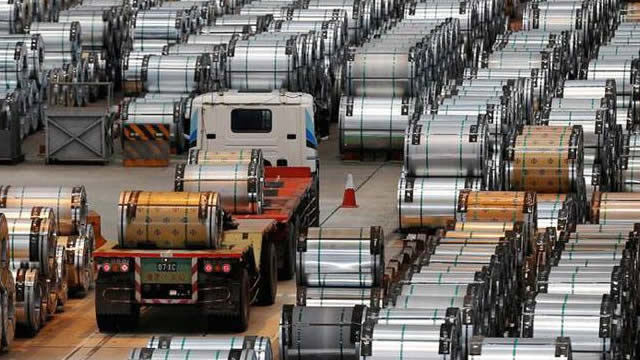Nuclear Power: A Renewed Demand and Investment Opportunities
Nuclear power, long considered a controversial and debated energy source, seems to have entered a new era of demand and acceptance. This shift is driven by various factors, including the growing need for reliable and low-carbon energy sources, advancements in technology, and changing global energy policies.
The Global Energy Landscape
The global energy landscape is undergoing significant changes. The world’s population continues to grow, and with it, the demand for energy. Fossil fuels, which have long been the backbone of the global energy system, are facing increased scrutiny due to their environmental impact. Renewable energy sources, while promising, still face challenges in terms of consistency and scalability.
Nuclear Power’s Role
Nuclear power, with its ability to generate large amounts of electricity consistently and with low greenhouse gas emissions, is emerging as a viable alternative. According to the International Atomic Energy Agency (IAEA), there are currently over 450 nuclear power reactors in operation worldwide, and another 50 are under construction. This trend is expected to continue, with new reactors being planned and existing ones being upgraded.
Investing in Nuclear Power
For investors, this renewed demand for nuclear power presents an exciting opportunity. Nuclear power companies, particularly those involved in the construction and operation of nuclear power plants, are seeing increased investor interest. Some of the largest players in the industry include Westinghouse Electric Company, Framatome, and Rosatom.
Advantages of Nuclear Power
Nuclear power offers several advantages that make it an attractive investment. First and foremost, it is a reliable source of energy. Nuclear power plants can operate continuously for long periods of time, providing a consistent power supply. Additionally, nuclear power is low-carbon, making it an attractive option for investors looking to reduce their carbon footprint.
Challenges and Risks
However, investing in nuclear power is not without its challenges and risks. Nuclear power plants are complex and expensive to build and operate. Additionally, there are concerns around safety and nuclear waste disposal. These risks can make investing in nuclear power a high-risk, high-reward proposition.
Impact on Consumers
For consumers, the renewed demand for nuclear power could lead to lower electricity prices. As more nuclear power plants come online, the supply of electricity is expected to increase, driving down prices. Additionally, nuclear power’s consistent and low-carbon nature makes it an attractive option for utilities looking to provide reliable and sustainable energy to their customers.
Impact on the World
On a global scale, the renewed demand for nuclear power could help reduce greenhouse gas emissions and mitigate the impact of climate change. Nuclear power is currently responsible for around 10% of global electricity production and is expected to play an increasingly important role in the global energy mix. Additionally, the construction of new nuclear power plants could create jobs and stimulate economic growth in countries where they are being built.
Conclusion
Nuclear power’s renewed demand is an exciting development for investors, consumers, and the world as a whole. While there are challenges and risks associated with investing in nuclear power, the potential rewards are significant. As the world continues to grapple with the need for reliable, low-carbon energy sources, nuclear power is poised to play an increasingly important role. Whether you’re an investor looking for a high-risk, high-reward opportunity or a consumer seeking reliable and sustainable energy, nuclear power is worth keeping an eye on.
- Nuclear power is experiencing a renewed demand due to its reliability and low-carbon nature.
- Investors are showing increased interest in nuclear power companies.
- Consumer electricity prices could decrease as more nuclear power plants come online.
- The renewed demand for nuclear power could help reduce greenhouse gas emissions and mitigate the impact of climate change.





